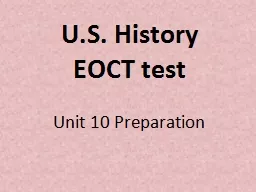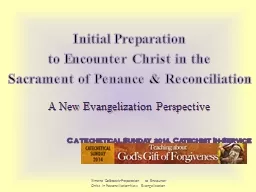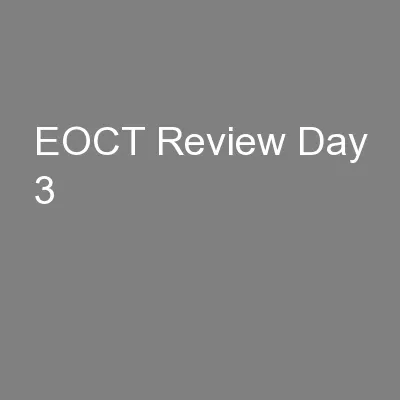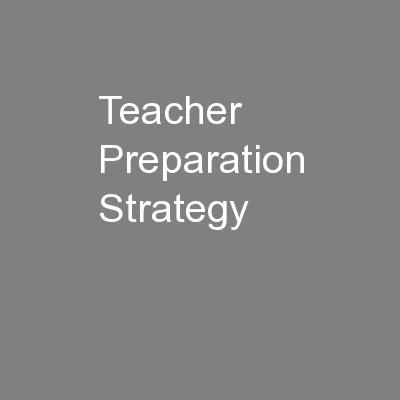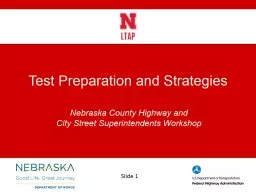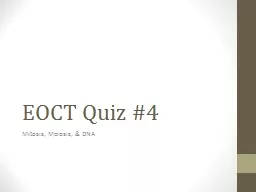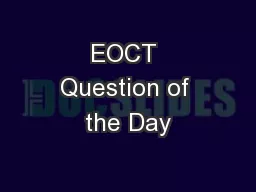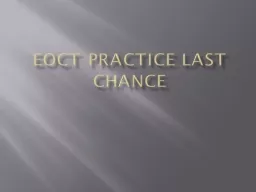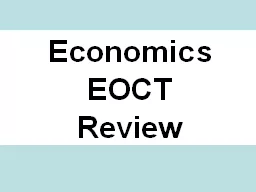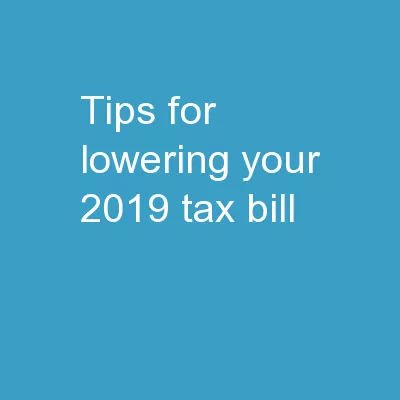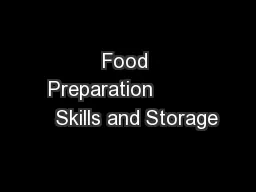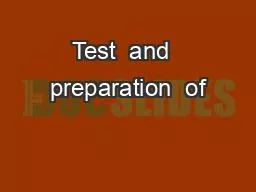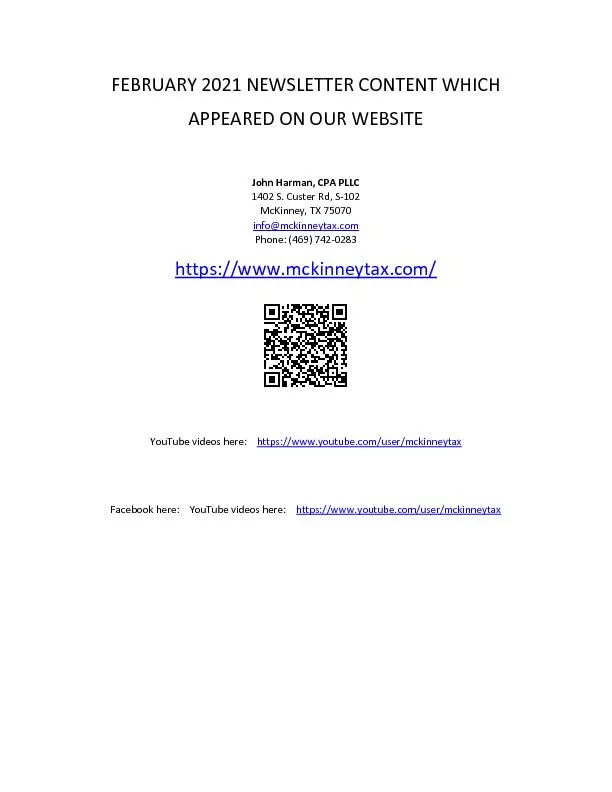PPT-U.S. History EOCT test Unit 10 Preparation
Author : faustina-dinatale | Published Date : 2019-01-24
SSUSH 25 SSUSH 25a Describe President Richard M Nixons opening of China his resignation due to the Watergate scandal changing attitudes toward government and
Presentation Embed Code
Download Presentation
Download Presentation The PPT/PDF document "U.S. History EOCT test Unit 10 Preparat..." is the property of its rightful owner. Permission is granted to download and print the materials on this website for personal, non-commercial use only, and to display it on your personal computer provided you do not modify the materials and that you retain all copyright notices contained in the materials. By downloading content from our website, you accept the terms of this agreement.
U.S. History EOCT test Unit 10 Preparation: Transcript
Download Rules Of Document
"U.S. History EOCT test Unit 10 Preparation"The content belongs to its owner. You may download and print it for personal use, without modification, and keep all copyright notices. By downloading, you agree to these terms.
Related Documents

